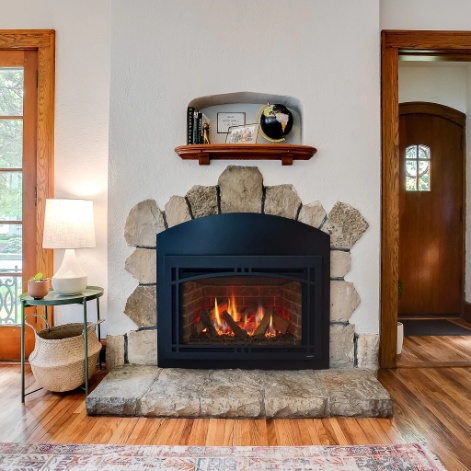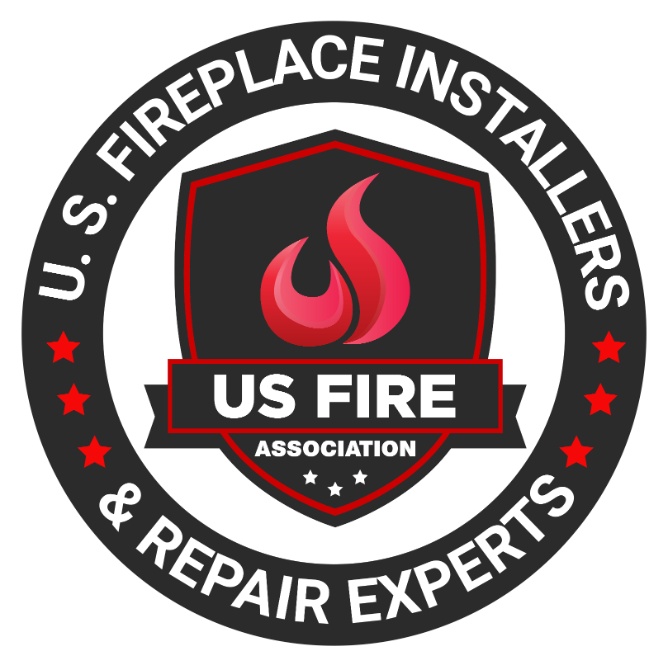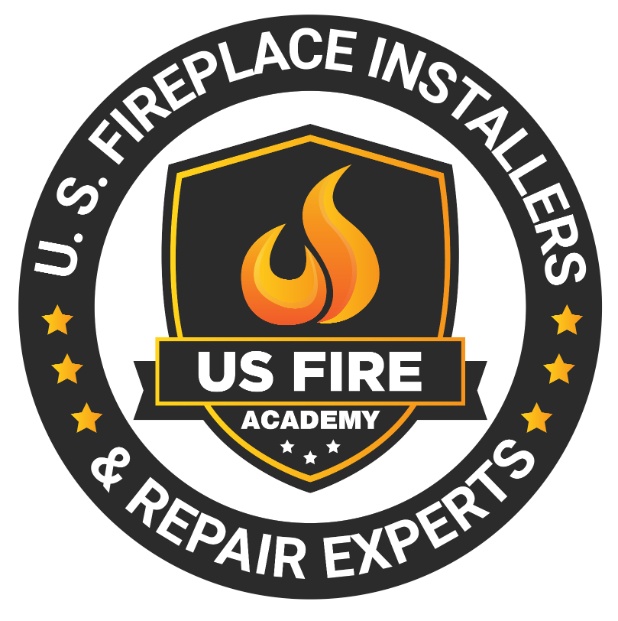Manufacturer Products
- Advanced Architectural Grilleworks
- Amantii Fireplaces
- American Fyre Designs
- Ashley Hearth Products
- Blaze King
- Breeo Firepits
- Buck Stove Fireplaces
- David Kimberly Door Company
- DaVinci Custom Fireplaces
- Dimplex
- Drolet
- DuraVent
- Ecosmart Fire
- Eiklor Flames
- Element4
- Empire Comfort Systems
- Enervex
- Englander Stove
- Enviro Fireplaces
- European Home
- EverWarm Gas Logs
- Fire Garden
- Firegear Outdoors
- FireMagic
- Fireplace Xtrordinair
- FireRock Building Materials
- Fire Sense
- Flamerite Fires
- Flare Fireplaces
- Focus Fireplaces
- Forshaw Mantels
- Grand Canyon Gas Logs
- Harman Stoves
- Hearth & Home Technologies
- Heat & Glo
- HeatFast
- Heatilator
- Heatmaster Fireplaces
- Holly & Martin Fireplaces
- HPC Fire
- Instone
- IntelliFire Ignition System
- JC Bordelet
- Jotul
- Kingsman Fireplaces
- Leenders
- Lexington Hearth Mantels
- Litedeer Homes
- Lopi Stoves
- Malm Fireplaces
- Modern Flames Fireplaces
- Monessen Fireplaces
- Montigo Fireplaces
- Napoleon Fireplaces
- NetZero Fire
- Opti-Myst
- Ortal Fireplaces
- Osburn Fireplaces
- Outdoor Greatroom Company
- Outdoor Lifestyles Fireplaces
- Pearl Mantels
- Peterson Log Sets
- Planika USA
- Quadra-Fire
- Regency Fireplace Products
- Remii Fireplaces
- Renaissance Cooking Systems
- Sierra Flame Fireplaces
- SimpliFire
- SÓLAS Contemporary Fire
- Spartherm
- Stellar Fireplaces
- Stoll Industries
- Stuv America
- Superior Fireplaces
- Swiss Fire Cube
- The Bio Flame
- Travis Industries
- US Stove
- Valcourt
- Valor Fireplaces
- Ventis Fireplaces
- Vermont Castings
- Vogelzang Products
- White Mountain Hearth
- Advanced Architectural Grilleworks
- Amantii Fireplaces
- American Fyre Designs
- Ashley Hearth Products
- Blaze King
- Breeo Firepits
- Buck Stove Fireplaces
- David Kimberly Door Company
- DaVinci Custom Fireplaces
- Dimplex
- Drolet
- DuraVent
- Ecosmart Fire
- Eiklor Flames
- Element4
- Empire Comfort Systems
- Enervex
- Englander Stove
- Enviro Fireplaces
- European Home
- EverWarm Gas Logs
- Fire Garden
- Firegear Outdoors
- FireMagic
- Fireplace Xtrordinair
- FireRock Building Materials
- Fire Sense
- Flamerite Fires
- Flare Fireplaces
- Focus Fireplaces
- Forshaw Mantels
- Grand Canyon Gas Logs
- Harman Stoves
- Hearth & Home Technologies
- Heat & Glo
- HeatFast
- Heatilator
- Heatmaster Fireplaces
- Holly & Martin Fireplaces
- HPC Fire
- Instone
- IntelliFire Ignition System
- JC Bordelet
- Jotul
- Kingsman Fireplaces
- Leenders
- Lexington Hearth Mantels
- Litedeer Homes
- Lopi Stoves
- Malm Fireplaces
- Modern Flames Fireplaces
- Monessen Fireplaces
- Montigo Fireplaces
- Napoleon Fireplaces
- NetZero Fire
- Opti-Myst
- Ortal Fireplaces
- Osburn Fireplaces
- Outdoor Greatroom Company
- Outdoor Lifestyles Fireplaces
- Pearl Mantels
- Peterson Log Sets
- Planika USA
- Quadra-Fire
- Regency Fireplace Products
- Remii Fireplaces
- Renaissance Cooking Systems
- Sierra Flame Fireplaces
- SimpliFire
- SÓLAS Contemporary Fire
- Spartherm
- Stellar Fireplaces
- Stoll Industries
- Stuv America
- Superior Fireplaces
- Swiss Fire Cube
- The Bio Flame
- Travis Industries
- US Stove
- Valcourt
- Valor Fireplaces
- Ventis Fireplaces
- Vermont Castings
- Vogelzang Products
- White Mountain Hearth
White Mountain Hearth
History of the Company

White Mountain Hearth, a division of Empire Comfort Systems, has a rich history dating back over a century.
The company was established in 1911, beginning as a small sheet metal shop in Belleville, Illinois.
In 1932, the company expanded by opening a larger manufacturing facility in the same town, just outside of St. Louis.
This expansion allowed White Mountain Hearth to grow significantly, providing jobs to many local residents.
Throughout its history, White Mountain Hearth has remained a family-oriented business.
Many of the current employees are descendants of the original workforce, creating a strong sense of tradition and continuity within the company.
Today, the company employs hundreds of people across various departments, including manufacturing, sales, marketing, engineering, and administration.
White Mountain Hearth specializes in producing a wide range of high-quality hearth products, including indoor and outdoor fireplaces, inserts, gas logs, cast iron stoves, and mantels.
The company’s commitment to quality, innovation, and customer satisfaction has been a driving force behind its long-standing success.
They focus on creating efficient, reliable, and aesthetically pleasing products that enhance the comfort and beauty of homes.
In addition to their commitment to quality, White Mountain Hearth emphasizes environmental responsibility by designing energy-efficient products that reduce environmental impact.
This dedication to sustainability, coupled with their innovative approach and strong customer focus, has solidified White Mountain Hearth’s reputation as a leading manufacturer in the hearth industry.
Mission and Values
White Mountain Hearth’s mission focuses on providing exceptional hearth products that enhance home comfort, beauty, and enjoyment.
They strive to deliver innovative, reliable, and efficient fireplaces, stoves, and hearth products that exceed customer expectations.
Quality remains a core value at White Mountain Hearth.
They prioritize the highest level of quality in their products, ensuring durability, performance, and safety.
Each product meets rigorous industry standards and customer expectations.
Innovation drives White Mountain Hearth forward.
They continuously seek to improve their products and processes through research and development.
By staying at the forefront of technological advancements, they ensure their products offer the latest in hearth innovation.
Customer satisfaction is paramount.
White Mountain Hearth aims to provide excellent customer service, assisting customers in selecting the right products for their needs.
They offer support throughout the buying and ownership experience, ensuring a positive and satisfying journey.
Environmental responsibility is a key commitment.
White Mountain Hearth designs and manufactures products that prioritize energy efficiency, reducing environmental impact while providing optimal heating solutions.
They strive to balance high performance with sustainability.
The collaboration underscores their approach.
They maintain strong partnerships with distributors, dealers, and industry professionals.
Working closely with their network, they ensure effective communication, product availability, and comprehensive support for customers.
These mission and values guide White Mountain Hearth in all its operations, reflecting its dedication to quality, innovation, customer satisfaction, environmental responsibility, and collaboration.
They remain committed to enhancing the hearth experience for every customer.
Overview of Products
White Mountain Hearth offers a diverse range of hearth products designed to enhance home comfort and style.
Their product line includes indoor and outdoor fireplaces, inserts, gas logs, cast iron stoves, and mantels.
Their indoor fireplaces come in various fuel options, including gas, wood, and electric.
Gas fireplaces provide efficient and convenient heating with adjustable flames.
Wood fireplaces offer a traditional, rustic ambiance, while electric fireplaces provide easy installation and supplemental heat.
White Mountain Hearth’s outdoor fireplaces are perfect for creating inviting outdoor living spaces.
These fireplaces add warmth and charm to patios and backyards, allowing for year-round enjoyment.
The company’s fireplace inserts are designed to convert existing wood-burning fireplaces into more efficient gas or electric units.
These inserts offer improved heating performance while maintaining the aesthetic appeal of the original fireplace.
Their gas logs are highly realistic, available in various styles to suit different décor preferences.
These logs can be used in both fireplaces and inserts, providing the look of a traditional fire without the hassle of wood.
White Mountain Hearth also offers a range of cast iron stoves, which are available in gas and wood-burning models.
These stoves are known for their durability and classic design, providing both heat and a cozy atmosphere.
Additionally, they provide a selection of mantels and surrounds to complement their hearth products.
These accessories help complete the look of any fireplace or stove, adding a touch of elegance and customization.
Overall, White Mountain Hearth’s products are designed to combine functionality, efficiency, and style, making them a popular choice for enhancing home heating and ambiance.
Manufacturing Process
White Mountain Hearth takes pride in its meticulous manufacturing process, ensuring each product meets the highest standards of quality and performance.
The process begins with careful selection of raw materials.
The company uses high-grade steel and other durable materials to guarantee the longevity and reliability of its hearth products.
Once materials are sourced, they undergo precision cutting and shaping.
Advanced machinery ensures every piece is cut to exact specifications.
This accuracy is crucial for the assembly and functionality of fireplaces, stoves, and other products.
Fabrication follows, where skilled technicians assemble components.
This step involves welding, bending, and forming the steel into the desired shapes.
The company’s experienced craftsmen ensure each product is built with attention to detail.
Quality control is a vital part of the manufacturing process.
Each product undergoes rigorous testing to ensure it meets safety and performance standards.
This includes checking for structural integrity, heat output, and fuel efficiency.
Only products that pass these stringent tests proceed to the next stage.
Painting and finishing are the next steps.
White Mountain Hearth uses high-temperature resistant coatings to ensure their products can withstand intense heat without degradation.
The finishing process not only enhances durability but also provides an attractive, polished look.
Assembly and packaging complete the process.
Products are assembled with precision, ensuring all components fit perfectly.
Packaging is done carefully to protect products during shipping.
Throughout the entire manufacturing process, White Mountain Hearth emphasizes sustainability.
They implement eco-friendly practices, such as recycling scrap materials and using energy-efficient technologies.
This comprehensive manufacturing process ensures that White Mountain Hearth products are of the highest quality, delivering exceptional performance and durability to customers.
Advantages of White Mountain Hearth
White Mountain Hearth offers several advantages that make it a preferred choice for hearth products.
First, their commitment to quality stands out.
They use high-grade materials and precision manufacturing processes, ensuring their fireplaces, stoves, and inserts are durable and reliable.
Innovation is another key advantage.
White Mountain Hearth continuously invests in research and development to bring the latest technological advancements to their products.
This ensures customers receive cutting-edge solutions that improve efficiency and convenience.
The company’s wide range of products provides versatility.
Whether you need gas, wood, or electric fireplaces, indoor or outdoor models, White Mountain Hearth has options to suit various preferences and needs.
Their products cater to different styles, from traditional to contemporary, ensuring they can complement any home decor.
Energy efficiency is a major benefit of White Mountain Hearth products.
They design their fireplaces and stoves to maximize heat output while minimizing energy consumption.
This not only reduces environmental impact but also helps customers save on energy bills.
Customer satisfaction is a top priority for White Mountain Hearth.
They offer excellent customer service, providing support throughout the purchasing process and beyond.
Their team assists customers in selecting the right products and ensures they receive proper installation and maintenance guidance.
Safety is another critical advantage.
White Mountain Hearth incorporates advanced safety features into their products, such as oxygen depletion sensors and automatic shut-off valves, ensuring safe operation.
Finally, the company’s strong reputation and long-standing history add to its credibility.
With over a century of experience, White Mountain Hearth has built a legacy of trust and excellence in the hearth industry.
These advantages make White Mountain Hearth a reliable and superior choice for enhancing home heating and ambiance.
Considerations for Buyers
When considering purchasing products from White Mountain Hearth, buyers should keep several factors in mind.
First, assess the type of fuel that best suits your needs.
White Mountain Hearth offers gas, wood, and electric fireplaces.
Gas fireplaces provide convenience and efficiency with adjustable flames.
Wood fireplaces offer a traditional ambiance but require more maintenance.
Electric fireplaces are easy to install and provide supplemental heat.
Next, consider the installation location.
Determine whether you need an indoor or outdoor unit.
White Mountain Hearth provides options for both, each designed to maximize comfort and aesthetics in their respective environments.
Measure the space accurately to ensure the chosen product fits perfectly.
Energy efficiency is another crucial factor.
White Mountain Hearth designs its products to maximize heat output while minimizing energy consumption.
Opt for models with high energy efficiency ratings to save on energy bills and reduce environmental impact.
Safety features should also be a top consideration.
White Mountain Hearth incorporates advanced safety features like oxygen depletion sensors and automatic shut-off valves.
Ensure the model you choose has these features to guarantee safe operation in your home.
Style and design play a significant role in selecting a fireplace or stove.
White Mountain Hearth offers a variety of styles, from traditional to contemporary.
Choose a design that complements your home decor and meets your aesthetic preferences.
Budget is an essential consideration.
Determine your budget beforehand and explore the options within that range.
White Mountain Hearth offers a range of products at different price points, ensuring there is something for every budget.
Finally, seek professional installation and maintenance services.
Proper installation and regular maintenance ensure optimal performance and longevity of the product.
White Mountain Hearth’s customer service team can assist with finding qualified professionals.
By considering these factors, buyers can make informed decisions and select the best White Mountain Hearth product for their needs.
Frequently Asked Questions
General Information about White Mountain Hearth
Product Offerings
Q: What products does White Mountain Hearth offer?
A: White Mountain Hearth offers a wide range of products. They specialize in gas fireplaces, gas log sets, and fireplace inserts. Their products are known for quality and reliability.
Q: Are White Mountain Hearth products energy-efficient?
A: Yes, White Mountain Hearth products are designed with energy efficiency in mind. Many models come with high-efficiency ratings, helping you save on energy costs.
Choosing and Installing
Q: How do I choose the right White Mountain Hearth fireplace?
A: To choose the right White Mountain Hearth fireplace, consider your home’s size, style, and heating needs. Their customer service can provide guidance based on your specific requirements.
Q: Do White Mountain Hearth fireplaces require venting?
A: White Mountain Hearth offers both vented and vent-free fireplace options. Vented models require a chimney or venting system. Vent-free models do not require any external venting.
Q: Can I install a White Mountain Hearth fireplace myself?
A: Professional installation is recommended for all White Mountain Hearth fireplaces. Proper installation ensures safety and optimal performance.
Maintenance and Safety
Q: What maintenance is required for White Mountain Hearth products?
A: Regular maintenance includes cleaning the glass, checking the burners, and ensuring the ventilation is clear. Annual inspections by a professional are also recommended.
Q: Are White Mountain Hearth products safe?
A: Safety is a top priority for White Mountain Hearth. Their products undergo rigorous testing and meet all safety standards. They also offer safety features such as automatic shut-off.
Purchasing and Warranty
Q: Where can I buy White Mountain Hearth products?
A: White Mountain Hearth products are available through authorized dealers and online retailers. Check their website for a list of authorized dealers near you.
Q: What warranties does White Mountain Hearth offer?
A: White Mountain Hearth provides comprehensive warranties on their products. Warranty terms vary by product, so it’s best to review the specific warranty information for your purchase.
